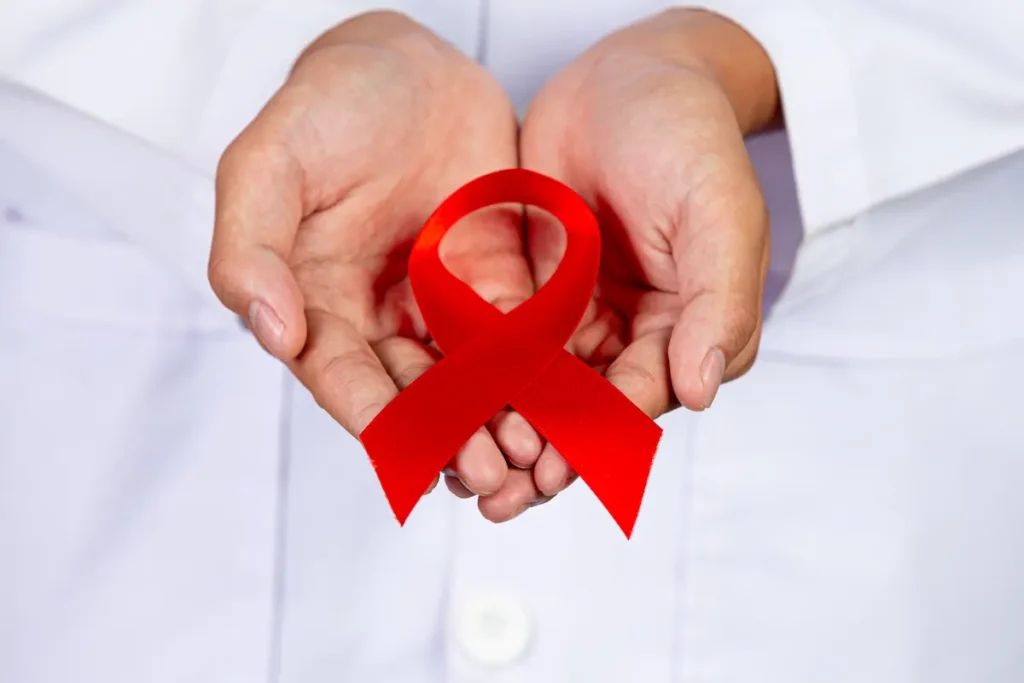Cancer is a relentless adversary that can strike people of any age, at any time. The year 2020 witnessed more than 18.1 million cancer cases documented worldwide, showcasing the global prevalence of this disease. While cancer can affect individuals of all ages, certain types of cancer are more commonly observed among young adults. It’s important to note that although cancer in teenagers and young adults is less common when compared to other age groups, it still poses significant challenges and requires our attention.
For statistical purposes, researchers typically categorize young adults as those between the ages of 20 and 39. As we delve deeper into the study of cancer, we uncover that certain types are more likely to afflict different age groups. The factors contributing to cancer in young adults are diverse, ranging from genetic mutations to lifestyle choices and environmental influences.
Brain and Central Nervous System Cancers
Brain and central nervous system (CNS) cancers are a formidable challenge that can manifest at any age. Remarkably, around 20% of these cases are diagnosed in individuals younger than 35. The complexity of these cancers is underscored by the existence of over 100 distinct types of brain tumors, some of which are more prevalent in young adults. Identifying brain and CNS cancer can be challenging due to the wide array of symptoms it presents. The symptoms include persistent daily headaches, alterations in speech, hearing issues, vision changes, mood swings, memory difficulties, balance problems, numbness, weakness, tingling in limbs, and muscle jerking or twitching.
Breast Cancer
Traditionally associated with older women, breast cancer can also strike younger women, with some diagnoses occurring before the age of 40. Factors such as obesity and genetic predisposition play a substantial role in the development of breast cancer in younger women. Detecting breast cancer in its early stages is crucial for effective treatment. Symptoms may include breast lumps, pain or swelling in the breast, changes in nipple appearance, nipple discharge, and alterations in the thickness or texture of breast skin.
Cervical Cancer
Cervical cancer predominantly affects women under the age of 50 and can be detected early through screening tests and vaccines. Cervical cancer prevention and early detection are key factors in reducing its impact. The most common symptom of cervical cancer is abnormal vaginal bleeding. Some individuals may also experience pain and discomfort during sexual intercourse.
Testicular Cancer
Testicular cancer, unlike many other cancer types, knows no age boundaries and can affect men of any age group. However, it is most commonly diagnosed in individuals aged 20 to 35. Early detection is vital for successful treatment. Symptoms include the presence of a painful or painless lump in one of the testicles and swelling in one testicle, making self-examination an essential practice for young men.
Colorectal Cancer
This cancer has witnessed an alarming increase in recent years, partly due to modifiable lifestyle factors. Factors such as poor nutrition, diets rich in red meat, exposure to environmental toxins and pollutants, obesity, sedentary lifestyles, and alterations in gut bacteria have contributed to the rise in colorectal cancer cases. Detecting colorectal cancer in young adults requires vigilance. Symptoms include blood in the stool, changes in bowel habits, loss of appetite or weight, stomach pain, dark-colored stools, and abdominal discomfort.
Lymphoma
Lymphomas, a category of blood cancer that affects lymph nodes and other parts of the lymphatic system, have two main types: Hodgkin and non-Hodgkin lymphomas. While Hodgkin lymphoma is less common overall, it ranks among the most prevalent cancers in the young adult population. These cancers can manifest with various symptoms and often necessitate specialized diagnostic methods and treatments.
Melanoma (Skin Cancer)
Melanoma, a type of skin cancer, is particularly prominent among younger adults, especially those under the age of 30, with women being more susceptible. This cancer is notorious for its aggressiveness, making early detection vital for successful treatment. The most common warning sign of melanoma is the appearance of a new spot or mark on the skin, or a change in the color, shape, or size of an existing spot.
Sarcomas
Sarcomas are rare cancers that fall into two primary categories: soft tissue sarcomas originating in muscles, tendons, fat, blood vessels, or nerves, and bone sarcomas that begin in the bones or joints. While sarcomas are uncommon, they are more frequently found in young adults and teenagers. Symptoms vary depending on the tumor’s location and can include lumps or swelling, bowel problems, and pain. Early detection and specialized care are crucial when sarcomas are suspected.
Thyroid Cancer
The incidence of thyroid cancer among young adults, especially women, is on the rise. Fortunately, the prognosis for most forms of thyroid cancer is excellent when detected early. The most common symptom is the development of swelling or lumps at the front of the neck, which should prompt immediate medical evaluation.
Advancements in cancer research and treatment have led to improved survival rates. However, it’s essential to understand that many of the factors contributing to the increase in early-onset cancer diagnoses are modifiable lifestyle choices. Encouraging healthy habits from an early age can help reverse this concerning trend. Emphasizing a plant-based diet and increased physical activity can make a substantial difference in cancer prevention. While the chances of successful treatment for the mentioned cancers are higher when diagnosed at a younger age, early detection remains paramount. If you suspect any cancer-related symptoms or have concerns, do not hesitate to seek medical advice and schedule an appointment with a healthcare professional. Timely action and awareness are our most potent tools in the battle against cancer, especially among young adults.





